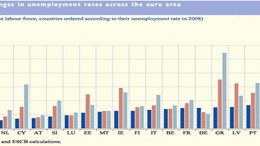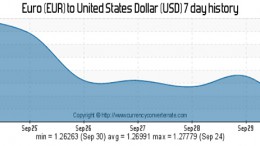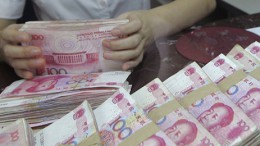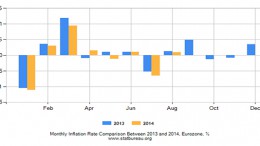The high yield investment case revisited
Guest Post by Olivier Debat (UBP) | High yield CDS indices combine a liquidity advantage, an interest rate advantage (no exposure) and a valuation advantage. Thus, we believe that investors concerned about high yield liquidity, its sensitivity to rates or its valuation should switch to high yield CDS indices to gain exposure to the high yield market.






